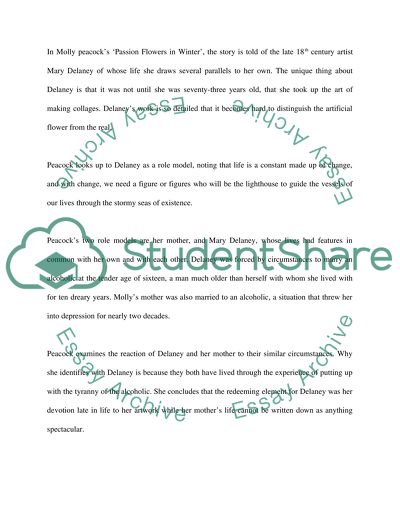Cite this document
(“The magic and mystique of art as portrayed by Pierro and Peacock Book Report/Review”, n.d.)
Retrieved from https://studentshare.org/literature/1524453-the-magic-and-mystique-of-art-as-portrayed-by-pierro-and-peacock
Retrieved from https://studentshare.org/literature/1524453-the-magic-and-mystique-of-art-as-portrayed-by-pierro-and-peacock
(The Magic and Mystique of Art As Portrayed by Pierro and Peacock Book Report/Review)
https://studentshare.org/literature/1524453-the-magic-and-mystique-of-art-as-portrayed-by-pierro-and-peacock.
https://studentshare.org/literature/1524453-the-magic-and-mystique-of-art-as-portrayed-by-pierro-and-peacock.
“The Magic and Mystique of Art As Portrayed by Pierro and Peacock Book Report/Review”, n.d. https://studentshare.org/literature/1524453-the-magic-and-mystique-of-art-as-portrayed-by-pierro-and-peacock.


